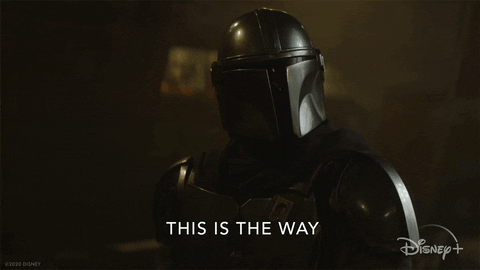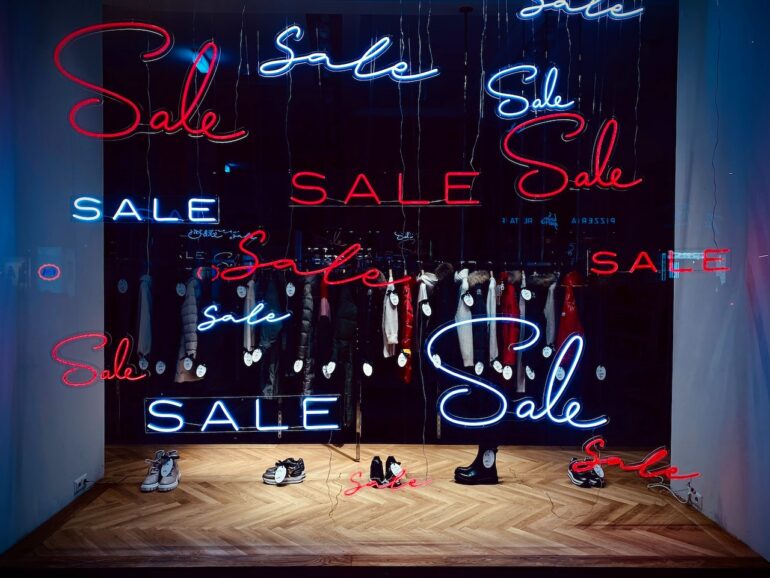Each year as a holiday — yes, nearly any holiday — approaches, our personal inboxes become flooded with the holiday sale email.
You likely know it; it’s got a time-sensitive headline ⏱, possibly a holiday-appropriate pun in the subject line (This summer offer is in-tents!🏕), and sometimes (oftentimes) SALE 🚨 emblazoned on every available surface.
And though it was never explicitly invited into your inbox, it never arrives alone. It has friends, and they’re showing up at all hours. You’ve got the pre-sale. You’ve got sale extended. But now cue the holiday gift prep for early shoppers for the next holiday, the guide for last-minute shoppers, the reminder to set your alarm for Black Friday November, the email when you’ve really waited too long and need an emergency gift … and so on.
When our grouchy consumer side is looking for less, is more really the way? Tireless investigators that we are, we set off to find answers to two prime questions.
This Early?
Is it key to begin weeks in advance? Must we?
Never Bounce kindly advises that marketers consider this the beginning of a long-term courtship (a more intense analogy, Mailjet calls it a marathon ), one where they will be sending multiple emails around the desired holiday.
Although a single, well-crafted email can deliver a big payday, holiday email marketing works best when it builds up, over time, with a series of compelling offers.
Never Bounce
Campaign Monitor agrees, noting that for the classic two big end-of-year shopping events (I dare not even type their names) consumers end up on your site 41 days in advance to discover what they want to purchase. So though your sale might only be for a week, your email marketing promotions may actually need to be three times that long.
Plus, those who plan their holiday emails out at least four months in advance see 64% more ROI than those who only take a month for planning.
So we are ready to conclude: Yes, early is key.
This Many?
We feel pretty certain we know how this question will play out. If you have to start early, it does seem likely that you’ll have to send often. But we’re committed to seeing this through!
This answer seems a little murkier. As we noted earlier, Campaign Monitor advocates for the early promotion, but they’re also in favor of messaging to the 79% of shoppers (based on 2020 data) that left their gift shopping until two weeks before Christmas. If you start your holiday campaign October 18, and — likely conservatively — only send 1 email a week until Christmas, that’s still 10 emails, if you haven’t segmented your list by shopping behavior (early shoppers v. last-minute shoppers).
But it’s much more likely that brands are following a schedule more similar to what Codeless Interactive suggests, sending emails in “chunks” around the holiday itself. Email 1 is the hint, email 2 is the announcement, email 3 is the last chance, and email 4 is the reminder of what shoppers missed. With the number of holidays at the end of the year, that kind of sequence can add up, and they do acknowledge this approach could actually backfire, leading to unsubscribes.
However, we have hope for brands following more of a middle ground. Litmus quotes the CMO at Better Proposals, Petra Odak, following a pared-back approach:
We usually send one email per week about two months in advance before the holidays start. This gives enough time to inform everyone, and the frequency ensures we’re not spammy. Also, there is enough time to test everything, so we don’t make any rash decisions in our last few emails for the year.
Petra Odak
Answer: As it turns out, our consumer email fatigue might just be a personal issue. Our friends in marketing do seem to believe:

Featured Photo by Arno Senoner on Unsplash





